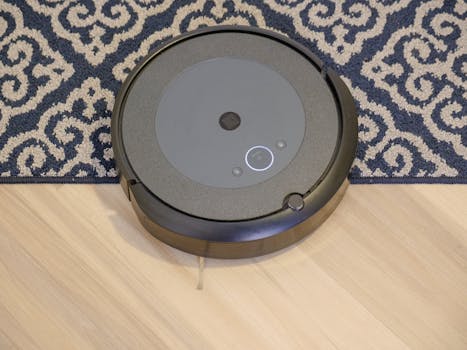
Smart Homes and Smart Living: The Technological Transformation of European Homes by 2025
Introduction to Smart Homes and Smart Living
Smart Homes and Smart Living are revolutionizing the way we live, work, and interact with our surroundings. With the integration of the Internet of Things (IoT), artificial intelligence, and home automation, European homes are becoming more convenient, sustainable, and connected. The focus keyword Smart Homes is at the forefront of this technological transformation, enabling residents to control and monitor their living spaces with ease.
The Current State of Smart Homes in Europe
The European smart home market is growing rapidly, with an estimated value of €23.4 billion in 2020. This growth is driven by the increasing adoption of smart home devices, such as thermostats, lighting systems, and security cameras. The UK, Germany, and France are among the leading countries in the adoption of smart home technology, with a significant number of households already equipped with smart devices.
Key Trends and Innovations in Smart Homes
Several key trends and innovations are driving the growth of the smart home market in Europe. These include the development of voice-controlled assistants, such as Amazon Alexa and Google Home, which enable residents to control their smart devices with ease. The integration of IoT devices, such as sensors and actuators, is also enabling the creation of more connected and automated living spaces. Furthermore, the use of artificial intelligence and machine learning is enhancing the functionality and efficiency of smart home systems, enabling them to learn and adapt to the needs and preferences of residents.
The Future of Smart Homes and Smart Living
By 2025, the European smart home market is expected to reach €45.6 billion, with an estimated 60% of households equipped with smart home devices. The future of smart homes and smart living will be shaped by several key factors, including the development of 5G networks, the integration of IoT devices, and the increasing use of artificial intelligence and machine learning. As the technology continues to evolve, we can expect to see more innovative and connected living spaces, enabling residents to live more conveniently, sustainably, and comfortably.
Conclusion
In conclusion, the technological transformation of European homes is underway, driven by the growth of the smart home market and the increasing adoption of smart living technologies. As we look to the future, it is clear that smart homes and smart living will play a significant role in shaping the way we live, work, and interact with our surroundings. With the focus keyword Smart Homes at the forefront of this transformation, we can expect to see more innovative and connected living spaces, enabling residents to live more conveniently, sustainably, and comfortably.






